- Product
- Solution for
For Your Industry
- Plans & Pricing
- Company
- Resources
For Your Industry
E-commerce shopping is primarily shaped by two factors: changing customer preferences and technological innovations. With constant changes being the name of the game, businesses need to stay on top of e-commerce trends to remain competitive and keep customers happy.
From smarter tools that make shopping easier to an ever-increasing focus on sustainability, there’s a lot to look forward to. These e-commerce trends offer opportunities for businesses to attract new customers and retain existing ones. In this article, we’ll explore the trends expected to shape online retail in 2025 and how businesses can adapt to them.
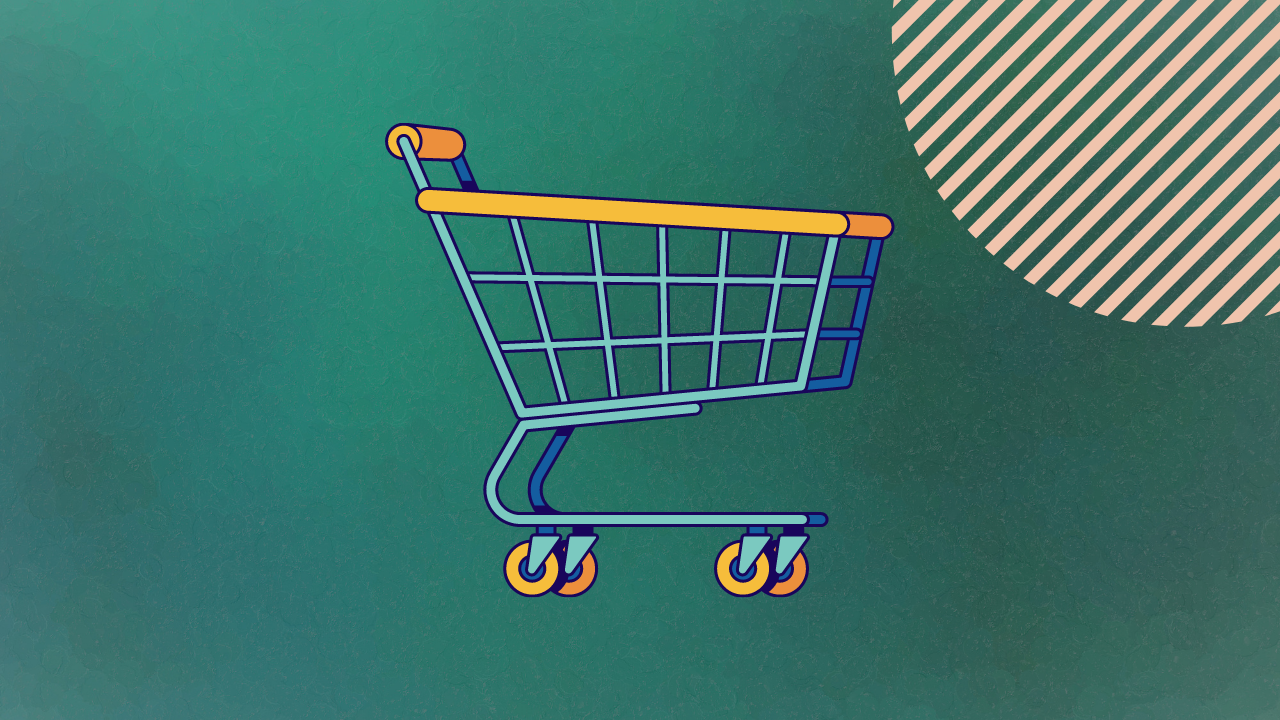
In 2023, AI chatbots were estimated to have generated $51 billion out of $298 billion in sales during Cyber Week alone. Adoption rates have skyrocketed, with 92% of e-commerce companies integrating AI chatbots by 2024. This trend is set to continue growing in 2025.
AI chatbots reduce the need for human customer support by addressing common queries like “What’s the status of my order?” or “Can I return this item?” Unlike static FAQ pages, chatbots provide instant assistance without disrupting the purchase path. They simulate in-person shopping experiences, increasing conversion rates and customer satisfaction.
Key takeaway: Implementing AI chatbots leads to higher customer satisfaction and lower operational costs. Businesses that haven’t yet adopted this technology should prioritize it.
AI-driven personalization enhances the shopping experience by tailoring recommendations, ads, landing pages, and pricing to individual preferences. This involves gathering data like browsing history, demographics, and purchase behavior, which AI processes to deliver personalized content.
Dynamic pricing tools paired with AI can further optimize sales by personalizing prices and product bundles. For instance, AI can recommend product bundles based on customer behavior and inventory levels, maximizing revenue and margins.
Key takeaway: Personalization through AI offers significant advantages but requires investment. Once implemented, it boosts customer engagement and conversion rates.
In 2023, 72% of ecommerce purchases were made on mobile devices, driven by their convenience and accessibility. Mobile platforms are particularly effective for impulsive purchases, as they streamline the shopping journey.
Optimizing for mobile requires:
Fast-loading pages: Compress images and streamline code to improve speed.
Simple checkout processes: Minimize steps, offer auto-fill options, and enable guest checkout.
One-click payments: Use Apple Pay, Google Pay, or PayPal for seamless transactions.
Key takeaway: Mobile optimization is essential for attracting and retaining customers. A responsive, fast, and user-friendly mobile experience is crucial.
Social commerce—a blend of ecommerce and social media—is gaining traction as platforms enable in-app purchases. While this may reduce website traffic, it opens new opportunities by reaching customers who wouldn’t visit your site otherwise.
Shoppable content on social media platforms is expected to drive more purchases in 2025. Capturing attention with engaging content is key to success.
Key takeaway: Social commerce is an opportunity to expand your reach and strengthen your brand. It works best when complemented by a robust ecommerce website.
Dynamic pricing models are replacing static pricing. These models adjust prices in real time based on demand, personalize prices for customer groups, and account for competitor pricing.
In economically challenging times, pricing becomes a primary decision-making factor for consumers. Online retailers must adopt flexible strategies to remain competitive and maintain profitability.
Key takeaway: Dynamic pricing is essential for competitiveness and profitability in 2025.
How tgndata Helps: tgndata’s pricing intelligence solutions offer real-time competitor analysis and dynamic pricing tools, ensuring your prices remain competitive.
Consumers expect seamless shopping experiences across online and offline channels. Options like “buy online, pick up in-store” and “return in-store” are becoming more popular.
Omnichannel strategies integrate data from various touchpoints to personalize customer experiences. For example, browsing history can inform in-store recommendations, creating a tailored shopping journey.
Key takeaway: An omnichannel strategy enhances customer satisfaction and loyalty, leading to increased sales.
Sustainability is a growing priority, particularly for Gen Z consumers. Ecommerce businesses must adopt practices like:
Using eco-friendly packaging
Reducing carbon emissions in shipping
Participating in the circular economy
Earning sustainability certifications
Key takeaway: Sustainability attracts environmentally conscious customers and differentiates your brand.
Popular subscription models include:
Replenishment: Regular delivery of essential products (e.g., grooming supplies).
Access: Exclusive benefits like discounts and faster delivery.
Curation: Personalized bundles based on customer preferences.
Subscriptions drive recurring revenue and increase customer lifetime value (CLV).
Key takeaway: Personalization and convenience are key to successful subscription models.
UGC includes reviews, photos, and videos created by customers. It builds trust and authenticity, especially in an era dominated by AI-generated content.
Positive reviews are essential but often harder to obtain than negative ones. Exceeding customer expectations can encourage satisfied customers to share their experiences.
Key takeaway: UGC is a trusted source of information and a powerful marketing tool.
AR bridges the gap between physical and digital shopping. Customers can visualize products in their environment or customize items to their preferences. This trend is particularly relevant for aesthetic-driven purchases like furniture and fashion.
Key takeaway: AR enhances customer engagement and simplifies purchasing decisions. However, implementation can be costly and requires careful execution.
The ecommerce trends of 2025 are interconnected. Businesses must integrate technologies and strategies to meet customer expectations and stay competitive. Convenience and pricing will remain critical factors in purchase decisions.
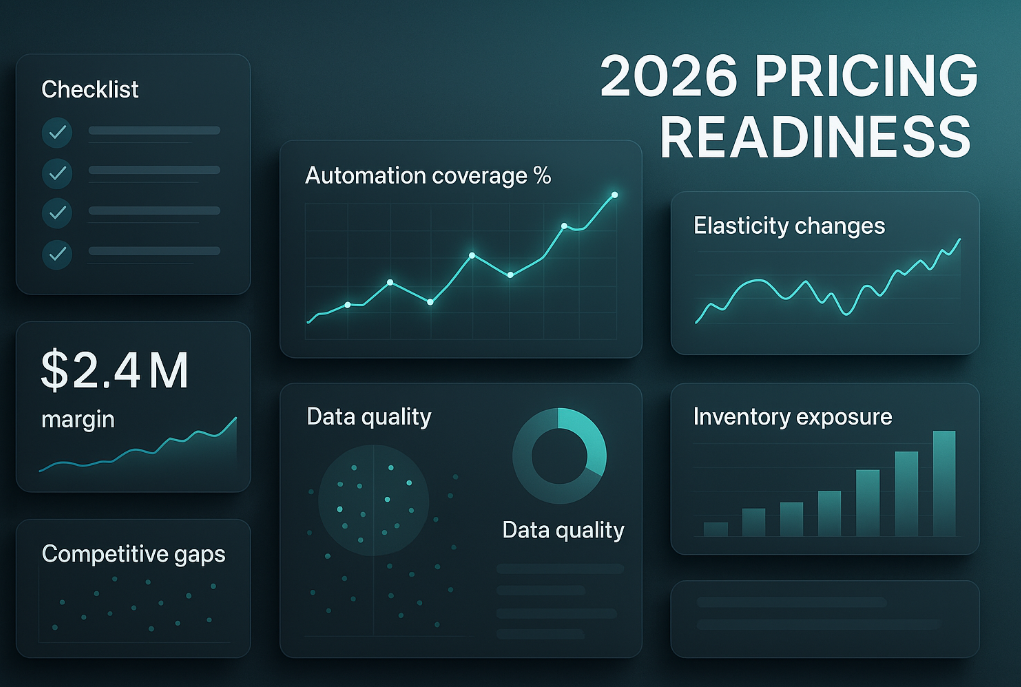
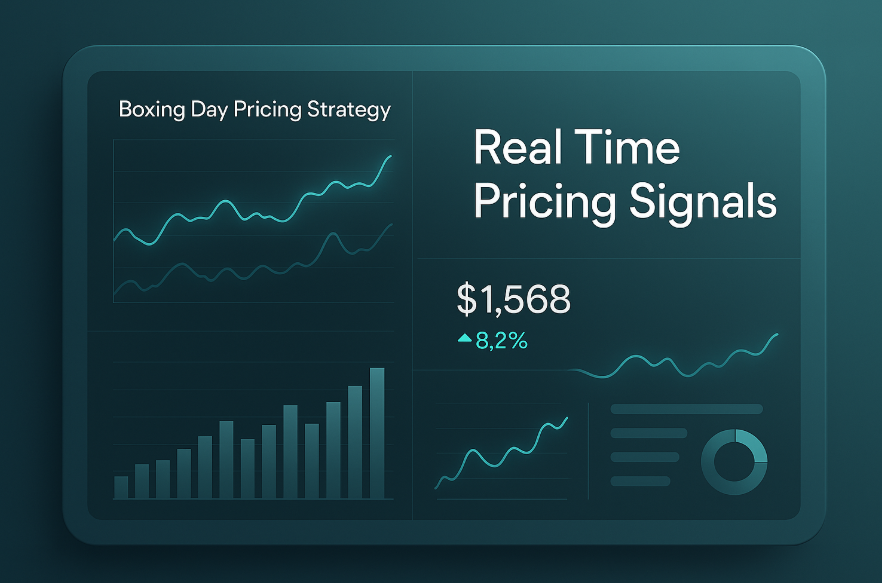
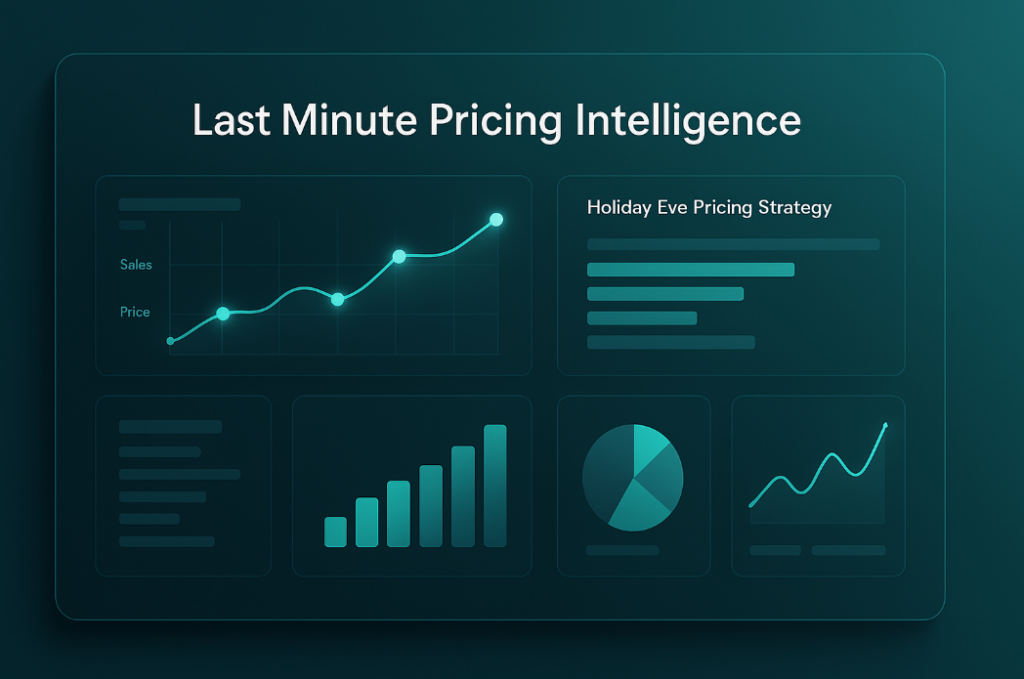


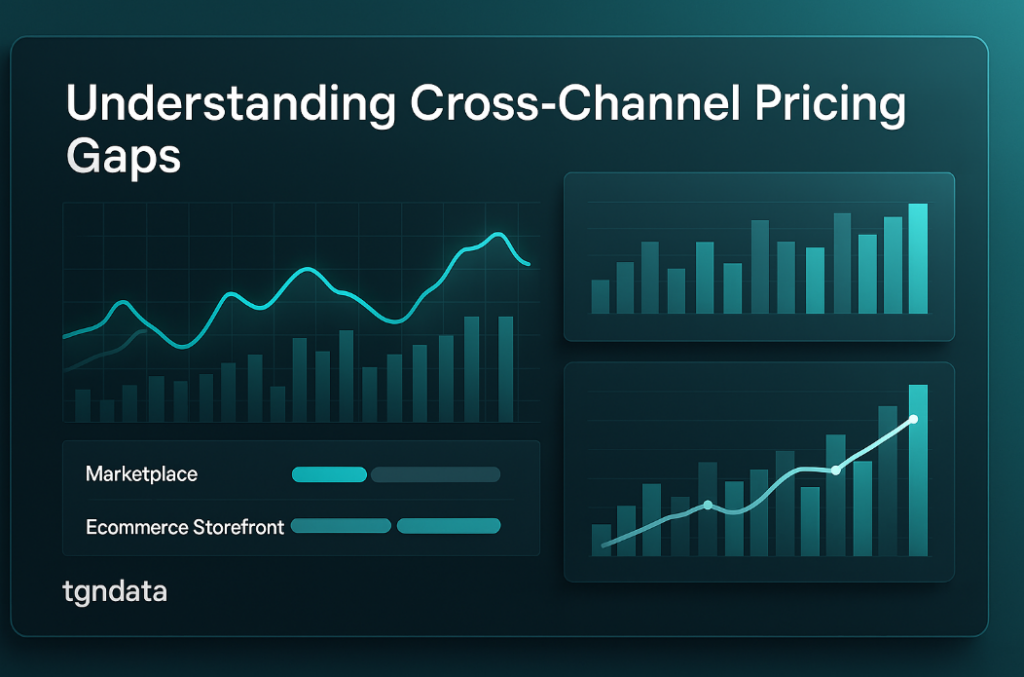
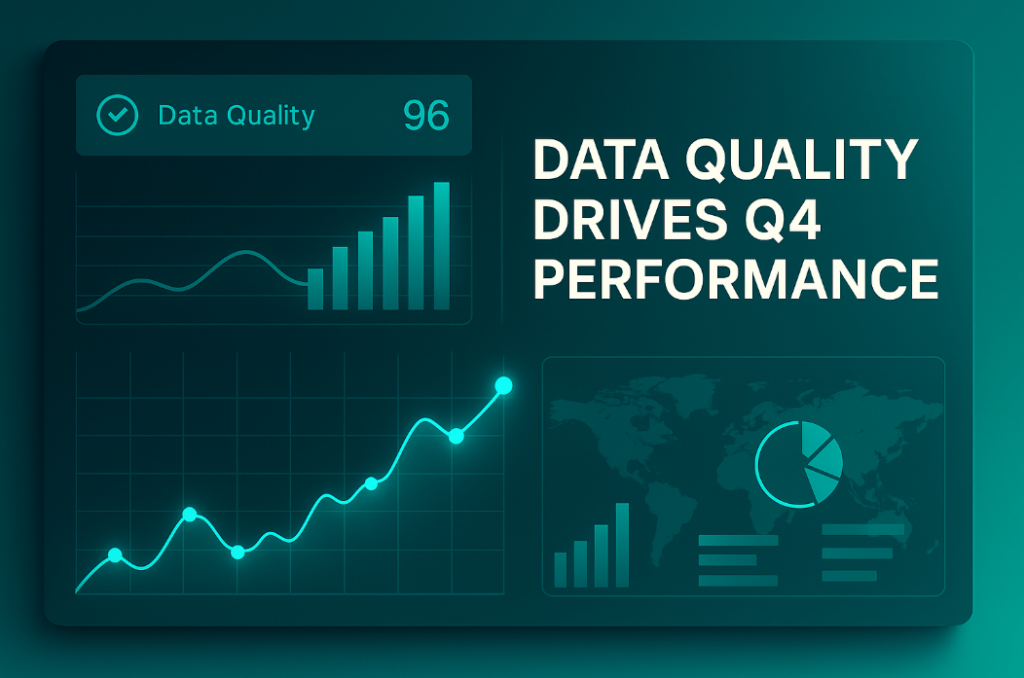






Missing an important marketplace?
Send us your request to add it!